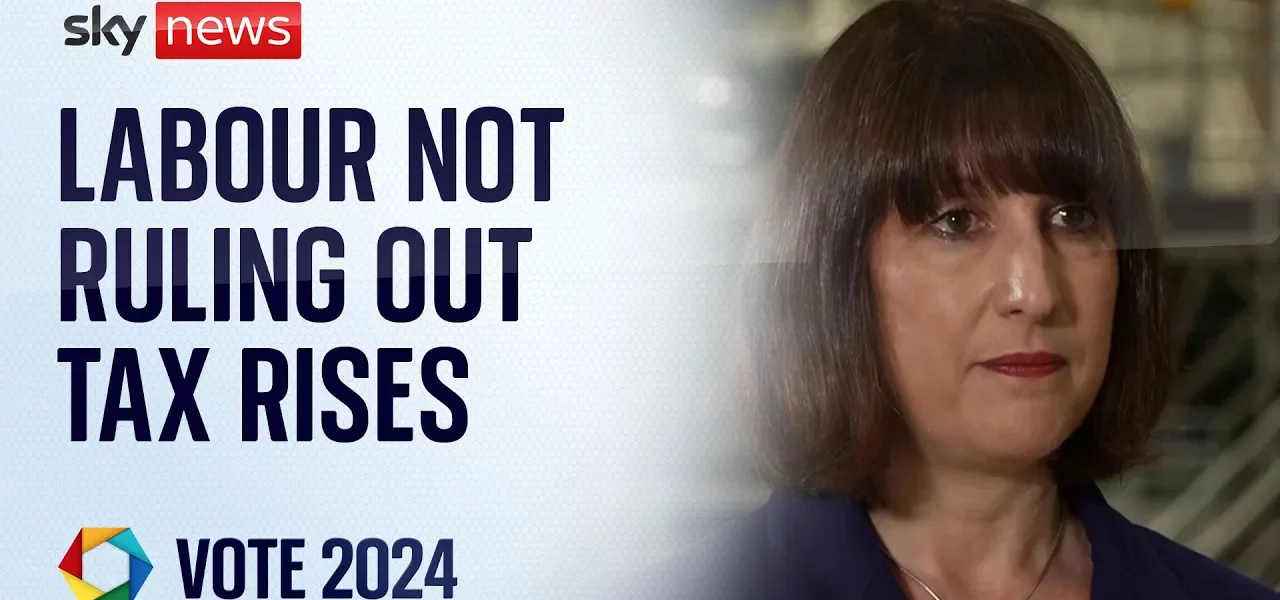Understanding Taxation and Pensioner Welfare Under Future Governments

This article delves into the complex relationship between taxation, pensioner welfare, and government policy in the context of the upcoming elections. As the post-World War II pensioner generation grapples with rising living costs, understanding the implications of tax policies proposed by different political parties is crucial for informed voting.
Introduction
The post-World War II pensioner generation faces unprecedented challenges due to rising prices and economic instability. As they consider their voting options in the upcoming elections, the question of taxation and government spending comes to the forefront. This article aims to clarify the positions of both the Labor Party and the Conservative Party regarding pensioner welfare, tax policies, and the broader economic implications of their proposed plans.
The Current Economic Landscape for Pensioners
Pensioners today are experiencing financial strain as prices continue to rise. The need for clear and effective government policies is more critical than ever. Here, we explore the concerns and expectations of the pensioner demographic:
Rising Costs of Living
With inflation affecting essential goods and services, pensioners are increasingly worried about their financial security. Key factors include:
- Increased prices for food and healthcare.
- Rising utility costs that strain fixed incomes.
- Concerns over the sustainability of pensions amid economic fluctuations.
Taxation and Its Impact on Pensioners
Understanding how taxation affects pensioners is vital. Here are the primary considerations:
- Tax burdens on pensioners versus working individuals.
- The balance of tax revenues and public spending on pensioner welfare.
- Proposed changes in tax policy by political parties and their potential impacts.
Labor Party’s Approach to Taxation and Pensioners
The Labor Party presents a distinct approach to taxation, emphasizing costed promises in their manifesto. Key elements include:
No Additional Tax Increases
Labor’s commitment to not raise income tax or National Insurance during their next term aims to alleviate concerns among pensioners. However, clarity is essential regarding:
- Funding for public services such as healthcare and education.
- Commitments to maintain stable financial policies without further tax burdens.
Funding Promises
The Labor Party assures voters that all proposals are fully funded. They include:
- 40,000 additional appointments per week in the NHS.
- 6,500 new teachers in schools.
- Increased focus on tax avoidance to ensure fair contributions from wealthy individuals.
Conservative Party’s Tax Policy and Its Implications
The Conservative Party has been critiqued for its handling of tax policy and pensioner welfare. Key issues include:
Tax Cuts versus Public Spending
The Conservatives propose tax cuts, raising questions about the sustainability of such measures. Considerations include:
- Potential impacts of unfunded tax cuts on public services.
- Increased pressure on pensioners amid budget cuts.
Electoral Strategy
The Conservative Party’s focus on the pensioner vote may lead to tactical funding initiatives. Analyzing this involves:
- The relationship between pensioner demographics and voting behavior.
- How electoral promises may alter post-election fiscal policies.
Conclusion
As the election approaches, the critical choice for voters, especially pensioners, revolves around understanding the implications of taxation and government spending. The Labor Party offers a plan aimed at stability and funding commitments, while the Conservative Party’s promises raise questions about fiscal sustainability. Voters must consider which party best aligns with their needs for financial security and stable governance. Be sure to stay informed and engage with the policies that will shape the future of pensioner welfare and taxation in our society.
“`




